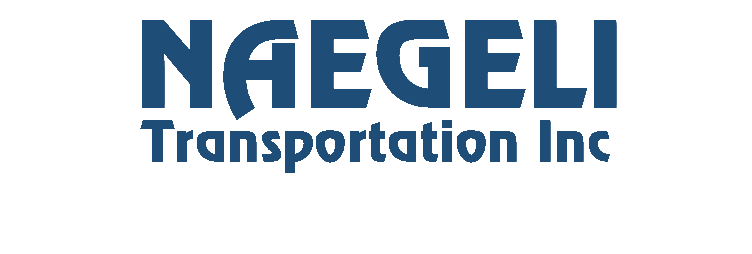Management from J.B. Hunt Transport Services said dislocation throughout the supply chain remains in place but that there is now some “momentum” toward improvement. On a call with analysts Monday night, management said “demand for our trucks, containers and trailers far exceeds our capacity to serve.”
Many of J.B. Hunt’s (NASDAQ: JBHT) customers are struggling to get merchandise moved due to congestion in the ports and on the rails. Also, labor shortages at customer facilities have increased the time it takes to unload trailers and containers, further exacerbating service issues.
J.B. Hunt reported second-quarter earnings of $1.61 per share after the market close, which was 6 cents ahead of the consensus estimate and well ahead of $1.14 per share recorded in the second quarter of 2020. All of the company’s segments saw double-digit increases in revenue on a year-over-year comparison, but the 2020 period was meaningfully impacted by widespread closures due to COVID protocols.
J.B. Hunt hopes that strict enforcement of accessorial charges as well as equipment restrictions on customers that are holding equipment on the ground longer will help to improve asset turns.
Average loads per intermodal container fell 9% year-over-year in the quarter to 5.1. Revenue in the division was up 21% to $1.29 billion as loads grew by 6% and revenue per load increased 15% (up 9% excluding fuel surcharges).
Even with the much-improved rate profile as intermodal contractual rates have been renewing at the upper end of management’s high-single- to low-double-digit percentage range, increased rail and purchased transportation expenses eroded most of the revenue gain. The division reported an 89.6% operating ratio, which was only 40 bps better year-over-year.
Table: J.B. Hunt’s key performance indicators – intermodal
Management expects box turns to improve from the current level (1.65 per month) but noted that the expected level of improvement is unlikely to have “a real material impact” as “challenges around velocity and fluidity are still very present and likely to persist at least through the end of the year.”
The pace of recovery to service will depend on how quickly J.B. Hunt can continue to take delivery of new containers (12,000 in total), the level of service improvement the rails can achieve and the ability of its customers to turn equipment faster at their facilities.
Integrated Capacity Solutions posted a third straight quarterly profit. Operating income of $3.1 million was well ahead of the year-ago loss of $13.1 million but less than half the first-quarter profit of $7.3 million. Revenue doubled to $608 million as loads grew 20% and revenue per load increased 66%.
Brokerage revenue processed through Marketplace for J.B. Hunt 360 increased 73% to $396 million as the platform’s carrier base expanded by 30% to more than 116,000 third-party carriers.
The division saw an increased mix contribution from the spot market with the gross profit margin declining 130 bps to 10.5%. Management said the second quarter usually presents some margin pressure and that the back half of the year should see improvement.
Table: J.B. Hunt’s key performance indicators – brokerage
Final-mile revenue increased 52% year-over-year to $212 million. Operating income improved to $10.7 million from a loss of $5.2 million a year ago. The period did benefit from a $3.2 million claims settlement.
The truck division saw revenue climb 70% year-over-year to $184 million. Revenue per tractor per week increased 28% to $4,714, with revenue per loaded mile (excluding fuel) up 40% from the second quarter of 2020. Truck reported a 92.3% OR, 450 bps better year-over-year.
Dedicated revenue increased 17% year-over-year to $621 million as revenue per truck per week grew by 11% to $4,707. The segment’s OR slid 290 bps to 87.3% as both driver and nondriver compensation costs moved higher.
Table: J.B. Hunt’s key performance indicators – final mile, truck and dedicated
Looking to the back half of 2021, Shelley Simpson, chief commercial officer, noted that many of the company’s customers still “don’t have the inventory exactly where they want it or at the timing that they want it either.” She said “there are concerns about this Christmas season” and whether or not their customers “will have all of the necessary inventory on shelf or available through e-commerce channels.”
Table: J.B. Hunt’s key performance indicators – consolidated
Click for more FreightWaves articles by Todd Maiden.
Prologis sees record rent growth for logistics space
Heartland Express: Q2 in line despite revenue weakness
Knight-Swift deal shows the value in owning an LTL
